How to dance punjabi bhangra
Bhangra dance
The bhangra was a seasonal (wheat) harvest dance that was performed only by men at the festival of Vaisakhi in the Punjab region of the Indian subcontinent. The original diluted since 1947 by relocation of millions of people.
In the 1950s it became a new folk dance that was exported by Punjabi emigrants to other countries. Since 1990 followed a merger with Western dance styles (and music), and annual dance competitions at colleges and universities in Canada and the US. In Britain the Indo-Pakistani expatriate community made of bhangra a clear symbol of their own ethnic identity.
The dance evolves from harvest festival to a fixed part of wedding receptions, birthday parties, local fairs, and other celebrations.
Bhangra dance is (often with Bollywood dance) a fitness dance.
Bhangra is a beautiful, expressive dance, infectiously energetic, full of exuberant joy.
The original dance movements refer to the work on the land: plowing, sowing and harvesting. Several dancers perform powerful kicks, jumps and twists, sharp movements of shoulders and hips, stamping feet, waving their arms and clapping the hands.
The circle dancers make regularly spectacular and acrobatic solos.
Bhangra singers use a high, energetic tone. They sing fierce and proud, with many nonsensical, random noises. The dancers yell hi, hi, hi to the beat, screaming loudly balle balle, oye hoi, bruah ... as an accompaniment to the rhythm that is heavy and hypnotic.
A drum roll often marks the end of a song (line). The last sentence is then repeated by the dancers as a choir.
Melodic bhangra makes use of little notes, rarely an octave.
The dhol (double-headed drum) is beaten with a heavy beater and a one lighter stick on the other side. This important and typical instrument creates the characteristic swinging and rhythmic character with lots of syncopation.
Traditionally, men wear a chaadra, a piece of cloth that is wrapped around the waist. Then a kurta, a long shirt and of course a Pagri (Turban) on their heads.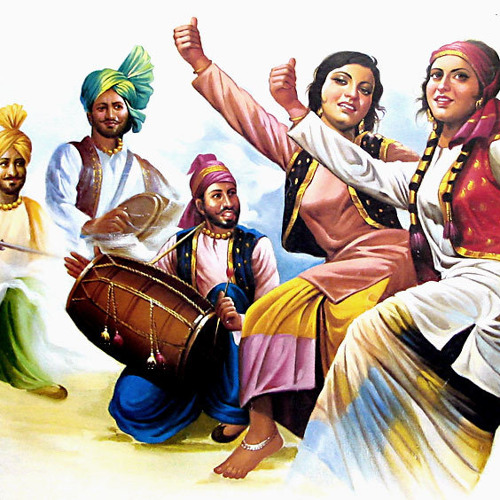
Women like to wear a traditional Punjabi salwar kameez dress, a long wide pants that closes tight at the ankle (salwar) and a long colorful shirt (kameez). They also carry chunnis, colorful canvases that are wrapped around the neck.
Bhangra refers to different types of dance
Daan Kara - performed with sticks, often at weddings.
Dhamal - particularly energetic form in a circle with hands in the air and lots of shouting.
Gatka - with swords, daggers, or sticks.
Giddha - This is the woman dance.
Jhumar - men dancing at weddings and other celebrations with a rhythm that is significantly lower.
Julli - can be done by a single person, even from a sitting position.
Kikli - usually hand in hand through pairs of girls or women.
Luddi - the dancer has a hand behind the head and the other hand stretched out.
Saami - is usually considered to be a woman dance.
A Joyous, Fun-filled Folk Dance of Punjab – The Cultural Heritage of India
Spread India's Glorious Cultural & Spiritual Heritage
ॐ श्री गुरुभ्यो नमः ॐ श्री शिवानन्दाय नमः ॐ श्री चिदानन्दाय नमः ॐ श्री दुर्गायै नमः
Source of all Images in this Blog-post : Google Images : ‘Google Image Search’ will reveal the multiple sources of every single image shared in this Blog.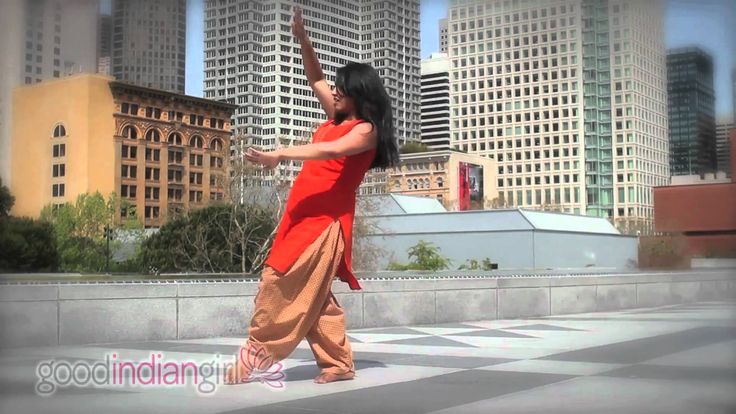 For more details, kindly see ‘Disclaimer‘
For more details, kindly see ‘Disclaimer‘
Bhangda is a type of traditional folk dance of the Indian subcontinent, originating in Sialkot in the Majha area of Punjab.
In a typical performance, several dancers execute vigorous kicks, leaps, and bends of the body – often with upraised, thrusting arm or shoulder movements to the accompaniment of short songs called Boliyan and, most significantly, to the beat of a Dhol (double-headed drum).
Bhangda : A Joyous Folk Dance of PunjabStruck with a heavy beater on one end and with a lighter stick on the other, the Dhol imbues the music with a syncopated (accents on the weak beats), swinging rhythmic character that has generally remained the hallmark of bhangra music.
Bhangda : A Joyous Folk Dance of PunjabAn energetic Punjabi dance, Bhangra originated with Punjab farmers as a cultural and communal celebration.
Its modern-day evolution has allowed Bhangra to retain its traditional Indian roots, while broadening its reach to include integration into popular music and DJing, group-based competitions, and even exercise and dance programs in schools and studios.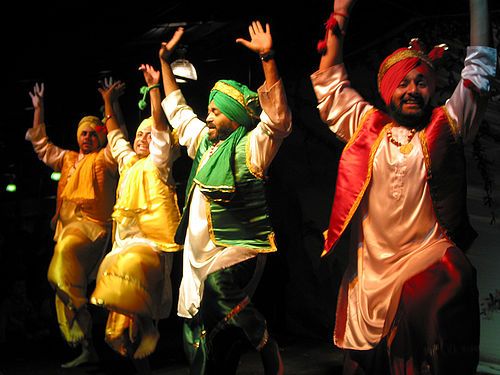
During Harvest Season :
Bhangra was mainly done by Punjabi farmers during the harvesting season. It was mainly performed while farmers did agricultural chores. As they did each farming activity they would perform Bhangra moves on the spot. This allowed them to finish their job in a joyous way.
Bhangda : A Joyous Folk Dance of PunjabAfter harvesting their wheat crops during the Vaisakhi season, people used to attend cultural festivals while dancing Bhangra. For many years, farmers performed Bhangra to showcase a sense of accomplishment and to welcome the new harvesting season.
Traditional bhangra folk dance of Majha :
The origins of traditional bhangra are speculative. Some people say Bhangra is related to the Punjabi dance ‘Bagaa’, which is a martial dance of Punjab.
However, the folk dance of Majha originated in Sialkot and took root in Gujranwalla, Sheikhupur, Gujrat (districts in Pakistan) and Gurdaspur (district in Punjab, India).
The traditional form of Bhangra danced in the villages of Sialkot district was regarded as the standard. The community form of traditional Bhangra has been maintained in Gurdaspur district, India, and has been maintained by people who have settled in Hoshiarpur, Punjab, India, after leaving the newly-created country of Pakistan post-partition of India.
Traditional Bhangra is performed in a circle and is performed using traditional dance steps.
Traditional Bhangra is now also performed on occasions other than during the harvest season. Bhangra has become popular in Jammu as well, where Bhangda dance isdanced during the festival of Baisakhi.
Other Punjabi folk dances such as Giddha and Luddi have also been imported into Jammu. Punjabi language influences can be observed when people dance such dances. Jammu falls within the Punjab region and shares an affinity with Punjab.
Free Form Traditional Bhangra :
The 1950s saw the development of the free form traditional Bhangra in Punjab, India, which was patronized by the Maharaja of Patiala, who requested a staged performance of Bhangra in 1953.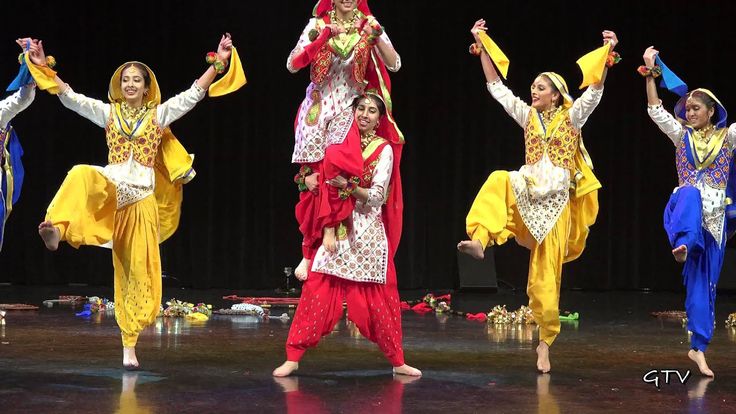
Free form traditional Bhangra developed during stage performances which incorporate traditional Bhangra moves and also include sequences from other Punjabi dances, namely, Luddi, Jhummar, Dhamaal, and Gham Luddi.
Bhangra Today :
Bhangra connects to a much deeper set of masculine values. Most of these values are set through labour, industry and self-sufficiency in agriculture, loyalty, independence and bravery in personal, political and military endeavours; and the development and expression of virility, vigour, and honour are common themes.
Bhangra referred both to formal male performances and to communal dancing among men and women.
In the past 30 years, Bhangra has been established all over the world. It has become integrated into popular Asian culture after being mixed with hip hop, house and reggae styles of music Certain Bhangra moves have been adapted and changed over time but at its core remains a sense of cultural identity and tradition.
Even though Bhangra is mainly in the Punjabi culture, many people tend to showcase Bhangra as a source of joy and entertainment at weddings, parties, and all sorts of fun-filled celebrations.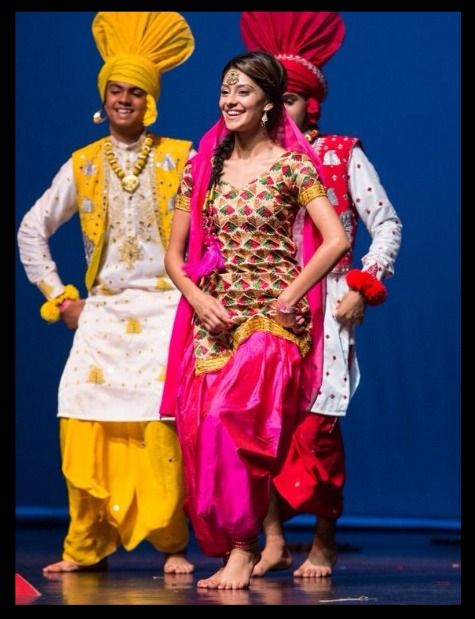
Many people also do bhangra as a source of exercise, it is an excellent substitution to the gym. Traditionally, bhangra is danced by men but now we see both men and women participating in this dance form. With bhangra competitions all over the world, we see all sorts of people competing in these events.
Women in Bhangra :
Nowadays, we see many second-generation South Asian women who are connecting with their culture through Bhangra. Many of these young girls tend to bring their Bhangra moves into the club scene. D.J. Rekha was one of the first South Asian women to bring popularity to Bhangra in the U.S by introducing her Basement Bhangra Parties.
Many university and community clubs have stated their own Bhangra teams, most of these teams have a wide variety of men and women who come from different backgrounds.
Many businesses have created Bhangra clubs with the mindset to teach younger kids Bhangra. These programs have helped young children stay healthy and connected to the culture of Bhangra.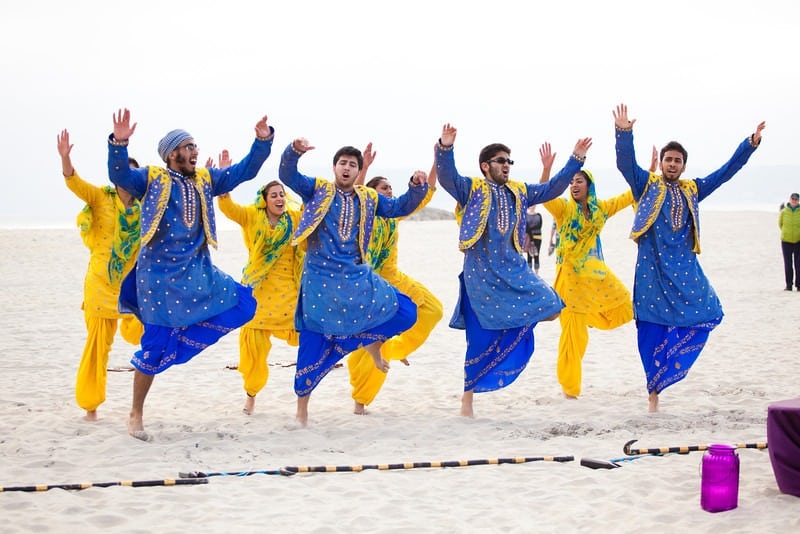
Sarina Jain, was the very first women who created the Bhangra fitness workout, which is now known as the Masala Bhangra Workout. This workout has taught many people all over the world the basic steps associated with Bhangra, allowing them to learn Bhangra in the comfort of their own home.
Raaniyan Di Raunaq :
Raaniyan Di Raunaq is India’s first all-women’s Bhangra competition. Even with the abundance of female Bhangra performers, many see this dance form as only masculine.
Historically, women have fought for the right to perform Bhangra. Many women that compete in Bhangra shows are judged according to a criterion that is made for male performers.
Raaniyan Di Raunaq has customized a Bhangra competition just for women or for those who identify as transgender or nonbinary. This competition has coveted a safe space for women to have the ability to compete and be judged equally.
Spread India's Glorious Cultural & Spiritual Heritage
Instead of morning exercise, dance Bhangra - and get positive for the whole day with this viral video
Turn up the sound "on full" and get positive - this is Gurdip Pandir dancing a ritual Indian dance in Canadian snowdrifts.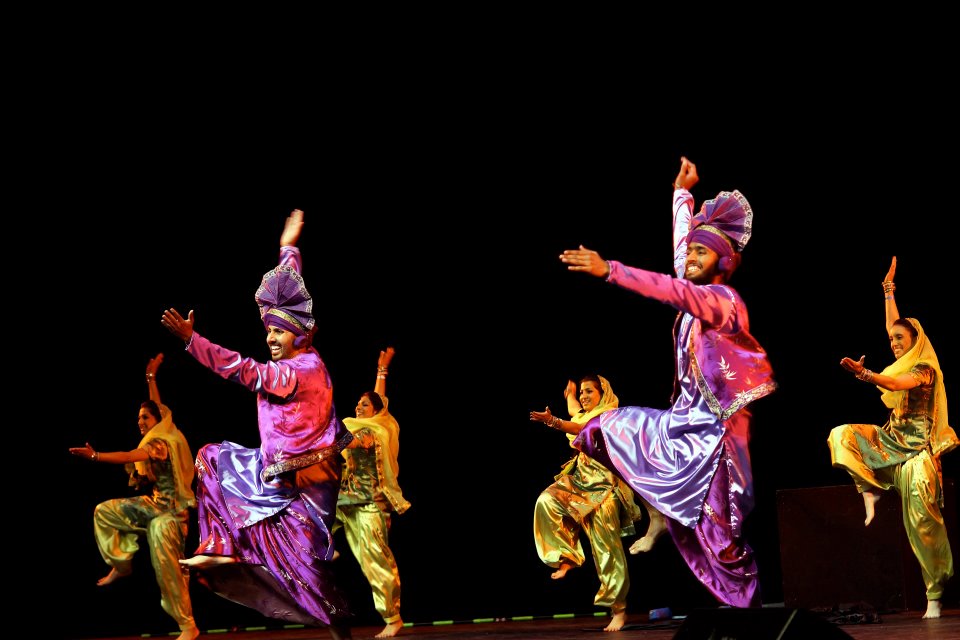
Alla Rezyapova
gurdeeppandher | Instagram (The social network is recognized as extremist and banned on the territory of the Russian Federation)
This guy just exudes positive! Gurdeep Pandir is a Canadian of Indian descent. He moved to this harsh climate nine years ago and traveled all over the country to understand it better. Gurdeep has completely settled in the new place, even started his own house in the forests - but he is not going to break away from the roots. He continues to wear a bright turban and dances Bhangra - a dance of joy and happiness.
Bhangra is a traditional Punjabi dance that is fairly easy to repeat. This is a series of jumps and bends of the body under the beats of the Indian double-headed drum. He creates a recognizable rhythm from a weak and a strong beat, on which folk songs and dance are superimposed. This dance perfectly replaces morning exercises, gives strength to muscles and energy.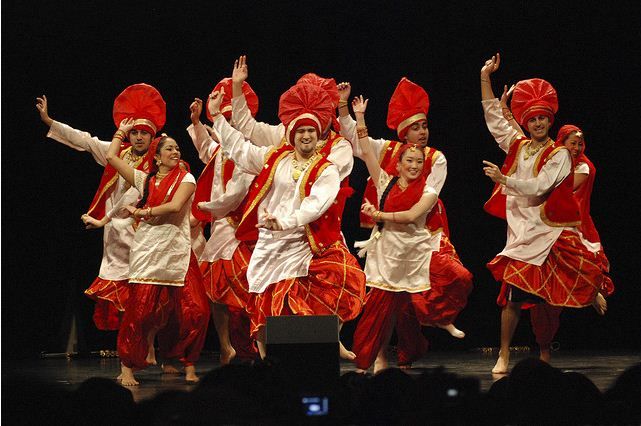
But this is more than just physical exercise or entertainment, Bhangra has a deep sacred meaning. The farmers who were finishing the harvest were the first to dance it - this dance filled them with faith in their own strength, demonstrated the strength of their spirit and gave them joy from a job well done. So Bhangra became a dance of positivity - and indeed, looking at how Gurdeep dances, at his wide smile, it is impossible not to smile back.
“People dance to be joyful and happy, it's all about happiness,” he explains.
Gurdip recorded his first dance for his friends, but they posted it on the Internet, and the video suddenly became viral. Bhangra was put on restless children so that they would be distracted for a while and leave their mother alone; Gurdeep was invited to dance with the students of the local elementary school; he has performed with the Canadian Forces and TV presenters.
Bhangra has become a real dialogue of cultures: a guy from India, Gurdip Pandir, danced to the bagpipe, a Scottish folk instrument, in the Canadian snows! During the pandemic and self-isolation, this dance has become a symbol of hope and faith in a better future for every Canadian who has just seen this video.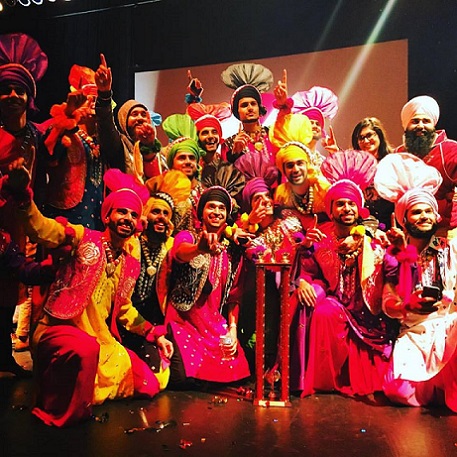 People from all over the country wrote sincere and heartfelt thanks to the dancer - even in the old fashioned way, on postcards.
People from all over the country wrote sincere and heartfelt thanks to the dancer - even in the old fashioned way, on postcards.
“This wonderful man certainly made me smile. Go on, Gurdip!"
If at the end of this difficult winter you, like us, lack joy, then open Instagram (The social network is recognized as extremist and banned on the territory of the Russian Federation) Gurdeep Pandira, choose any dance, turn on the speakers louder - and start dancing. Gurdeep and I guarantee you a great mood, a charge of positive energy and a pleasant fatigue in the muscles.
Do you like folk dances?
Bhangra - frwiki.wiki
Bhangra dancers
Bhangra is a style of dance and Indian music from the Punjab region. It developed in the Indian and Pakistani community living in the UK.
Summary
- 1 Social context and description
- 2 See also
- 2.1 Related articles
- 2.
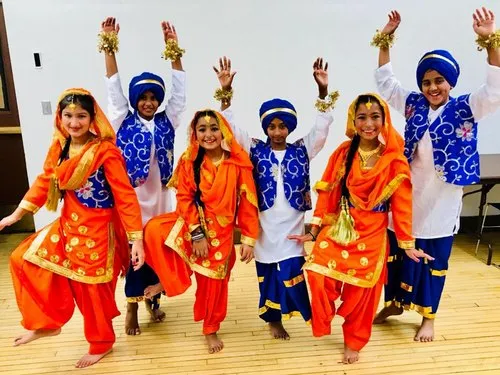 2 External links
2 External links
Social context and description
It is held to celebrate important events such as harvesting, weddings, etc. It is usually accompanied by songs, but it also features the rhythm of the dhol drum. Currently Title bhangra is mostly associated with the type of music that uses this percussion. A type of percussion from the same family as the dhol but smaller, the dholaki, is sometimes used instead of or in addition to the dhol. Other percussions are sometimes used, such as the tabla. Music is usually accompanied by dancing. The lyrics of bhangra are about celebration, love, patriotism or current social issues.
Bhangra has always been popular with people of Punjabi origin around the world, but the style has had a resurgence and increased interest over the last decade. Traditional arrangements often incorporate contemporary musical styles. During this period on bhangra has been influenced by reggae, rai, techno, house, rap, ragga and jungle. In fact, these syntheses are often so successful that modern bhangra , mostly from the UK, is now being re-exported back to India as well as Pakistan.
In fact, these syntheses are often so successful that modern bhangra , mostly from the UK, is now being re-exported back to India as well as Pakistan.
Tab player Talvin Singh produces a mixed dance Bhangra while Apache Indian mixes it with Raggamuffin.
See Also
Related Articles
- Panjabi MC
- Daler Mehndi
External Links
An example of the
Bangra dance is shown in the video below (in 30 seconds the dance starts): An example of the Bangra dance on youtube.com
| Indian music | |||||||||||
|---|---|---|---|---|---|---|---|---|---|---|---|
| Genres |
| ||||||||||
| Musicology | Indian musical instruments Gamak Gharana Guru Melakart Nâtyakalpadrumam Natyashastra Pandit Ragi Shaved Swara Tala | ||||||||||
| Regional music | Bengali Music Kashmiri Music Kerala Music Rajasthani Music | ||||||||||
 Learn more
Learn more
- How to describe someone dancing
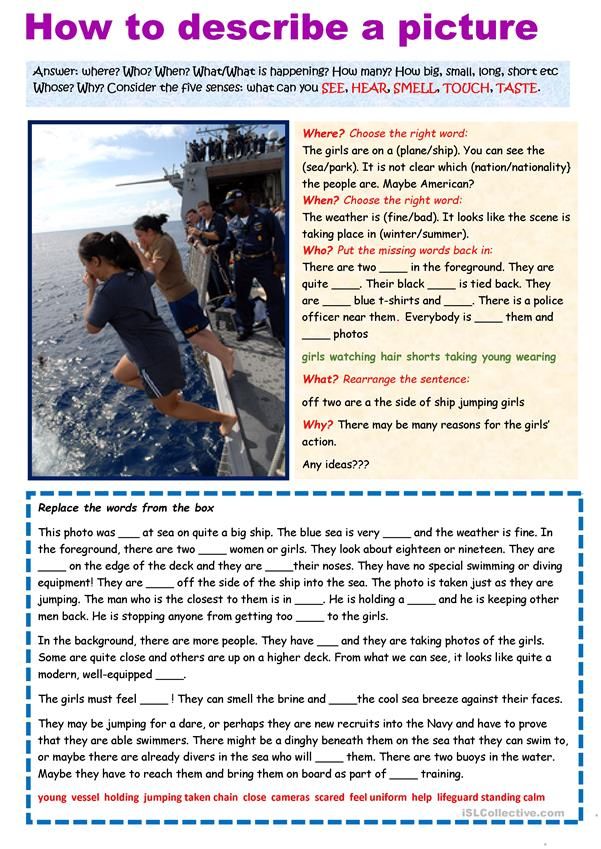
- How to choose latin dance shoes
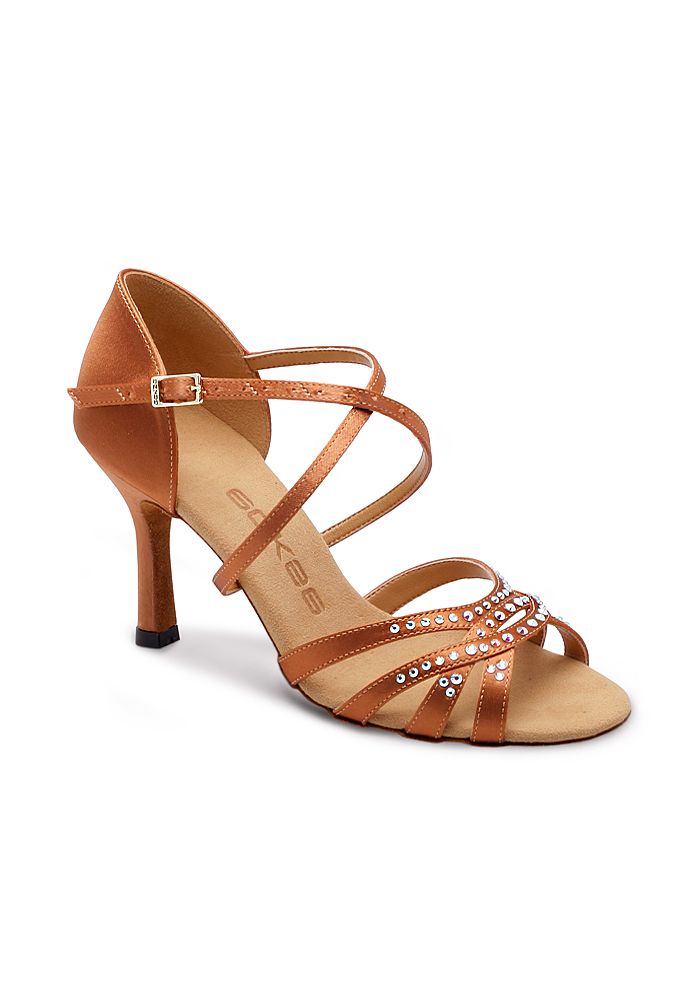
- How to do the good time dance
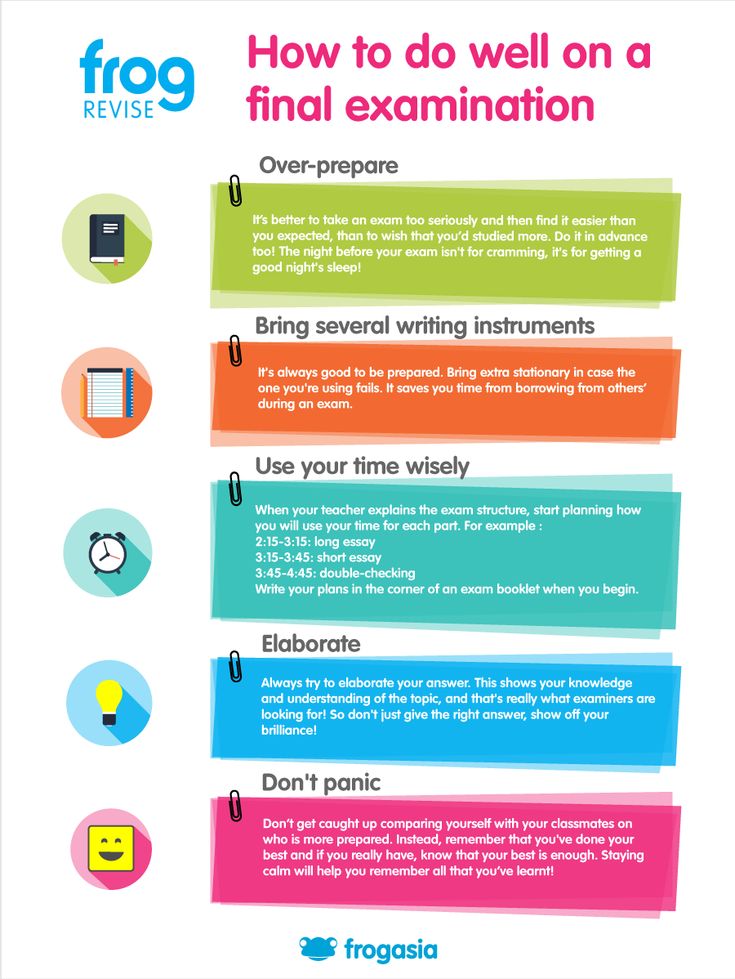
- How to whine dance on a boy
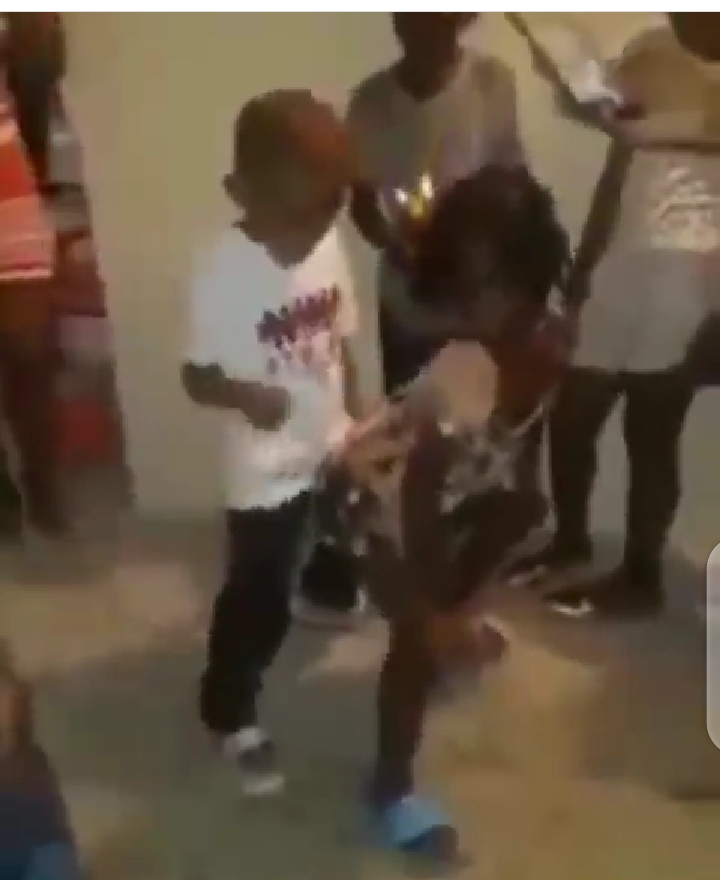
- How to become a backing dancer

- House music how to dance

- How many calories burned in zumba dance

- How to dance the tango for beginners
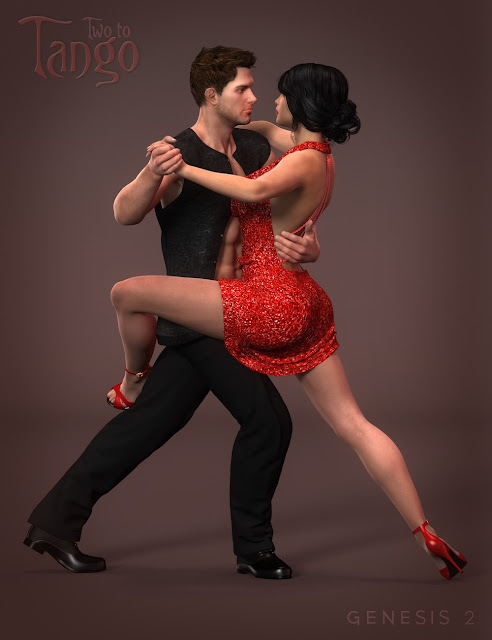
- How to make irish dance shoes

- How to dance regeton
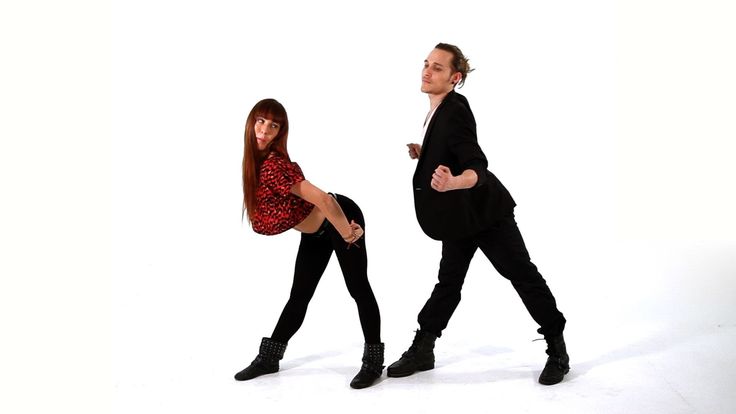
- How to do a lap dance for your husband video

